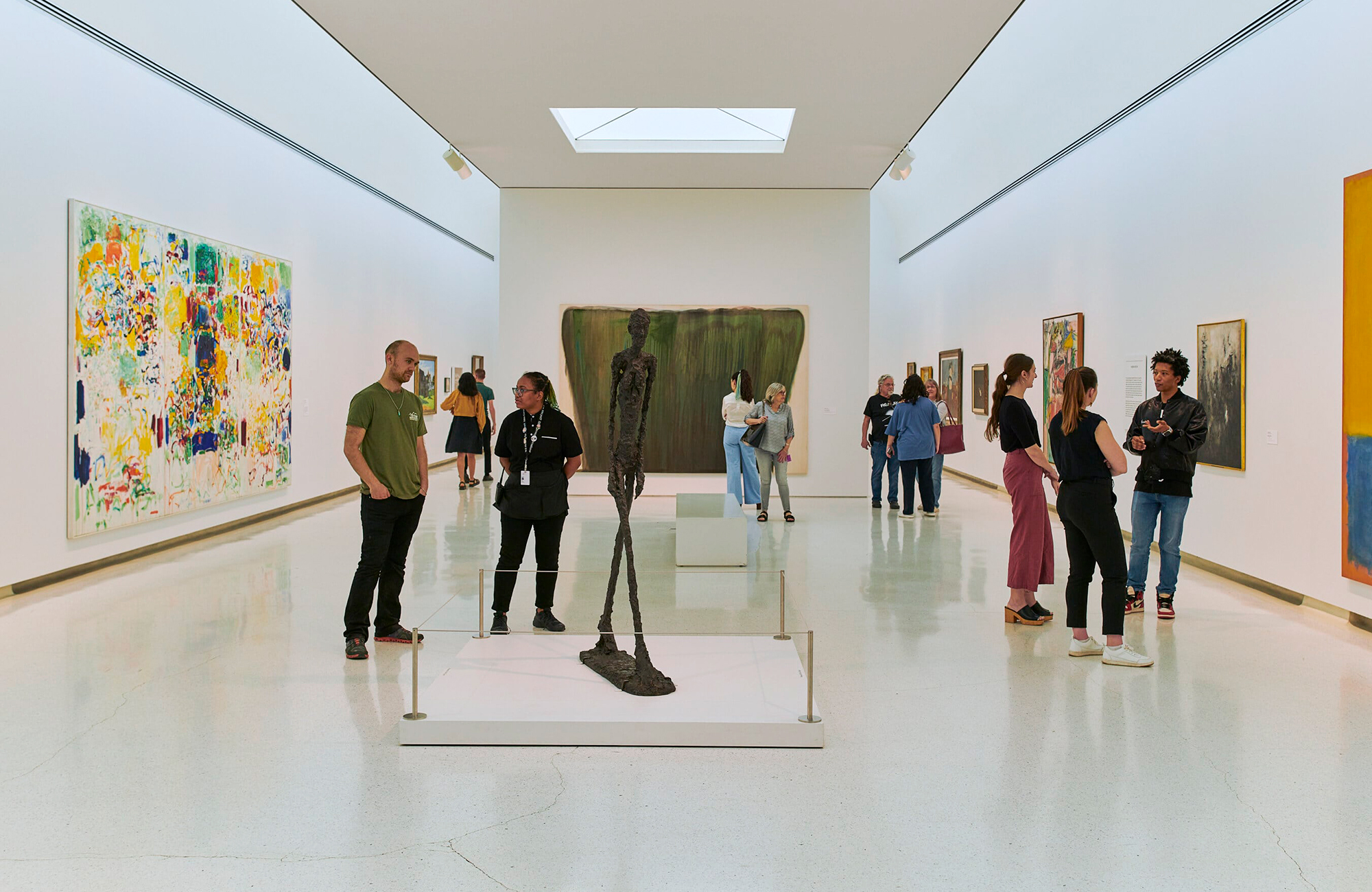
Yin and Yang is the concept of dualism and comes from ancient Chinese philosophy. It describes how opposites are interrelated.
I wanted to dwell on this subject due to the negativity surrounding classical and abstract forms of art being practiced at the same time.
The language of art representation is aptly explained here, and its various styles showcased here.
Last year I had an opportunity to visit the Picasso museum in Barcelona, Spain. It was quite a learning experience for me. The museum staff have made it available for you to get a glimpse of this Master’s works. Please be sure to take the virtual tour of the museum when you make a visit this site. The museum does a fine job giving us an online glimpse into the progression of Picasso’s artistic development. You will notice that young Pablo Picasso drew portraits, painted landscapes of his summer in Malaga, and painted his most important work The Communion, a fine example of realism that was submitted to the 3rd exhibition of the Fine Arts and Artistic Industries in Barcelona, Spain. He was competing with more established artists at that time. As you virtually walk through the museum, you will find that he even painted still life. In 1957 Picasso rendered his version of Velazquez’s painting Las Meninas while remaining true to the composition of Velazquez. I had the honor of seeing both. Here’s another good example of reproducing great works of art to reinterpret instead of copy.


The Communion – Pablo Picasso Las Meninas – Pablo Picasso
Let’s consider Piet Mondrian. He gave us Farm Near Duivendrecht and Woods Near Oele before he gave us Broadway Boogie Woogie.



Farm Near Duivendrecht – Piet Mondrian Woods Near Oele – Piet Mondrian Broadway Boogie Woogie – Piet Mondrian
Georgia O’Keefe gave us Dead Rabbit and Copper Pot and My Shanty Lake before she gave us Blue.



Dead Rabbit and Copper Pot – Georgia O’Keefe My Shanty Lake – Georgia O’Keefe Blue – Georgia O’Keefe
Mark Rothko gave us Underground Fantasy, and Untitled (Three Nudes) before he gave us Orange Red and Yellow.



Underground Fantasy – Mark Rothko Untitled (Three Nudes) – Mark Rothko Orange Red and Yellow – Mark Rothko
Willem deKooning gave us Portrait of Renee and Portrait of Elaine before he gave us Woman.



Portrait of Renee – Willem deKooning Portrait of Elaine – Willem deKooning Woman – Willem deKooning
Kazimir Malevich gave us The Running Man before he gave us Morning in The Village After The Snowstorm.


The Running Man – Kazimir Malevich Morning in The Village After The Snowstorm – Kazimir Malevich
Robert Delaunay gave us Man with a Tulip before he gave us Circular Forms.


Man with a Tulip – Robert Delaunay Circular Forms – Robert Delaunay
The Blue Rider of Wassily Kandinsky shows traces of a landscape. This was one of his early paintings.

The Blue Rider – Wassily Kandinsky
In his abstractions, Viktor Vasarely showed identifiable images in the iconic Zebra.

Zebra – Viktor Vasarely
Pollock showed no traces of realism in his early works.
Given the examples above, it is safe to state that in order to develop into a style that’s all your own, one must study and be unafraid of painting and learning the fundamentals. Your style may likely form as you work, and the yin-yang or duality of these opposing influences may create something that is uniquely yours!
As always,
Stay curious and create!
Hyacinth
https://www.hyacinthpaulart.com/blog







